The Maya is one of the most famous classical civilizations. As you read more about it, you’ll be amazed by its contributions to today’s society. The Mayan scholars are responsible for astronomical advancements, hieroglyphics writing, and the calendrical system. They are also known for their pottery, farming, and architecture skills. Their culture is fascinating, and their history is rich.
They say if you want to learn more about a particular era, look closely at its works of art. Artworks reflect their beliefs, culture, way of life, and even religion. Lucky for you, the Maya civilization has a wide range of masterful arts. Mayan’s notable arts include ceramics, wood carvings, stone sculptures, and murals or wall paintings. We compiled ten Mayan arts you need to see to have an overview of how the Mayan people lived.
The Relief with Enthroned Ruler

The most common subjects of Mayan art is their gods or supernatural beings and, of course, their mortal rulers. Their crafts are like puzzle pieces that anthropologists and historians study to come up with an accurate explanation of the Maya civilization. The Relief with Enthroned Ruler is one of the most significant pieces that tell an interesting tale.
The Relief with Enthroned Ruler panel was painted, portrayed, and sculpted in a religious temple. It was assembled to exalt a reigning king. It magnifies the relationship and link between their religious and political culture. Archeologists and historians believed that the decisions of the rulers were highly influenced by their religious beliefs. It also symbolizes the devotion of Tiloom to Shield Jaguar IV, who was the final ruler of the kingdom before its disintegration.
The Spouted Chocolate Vessel
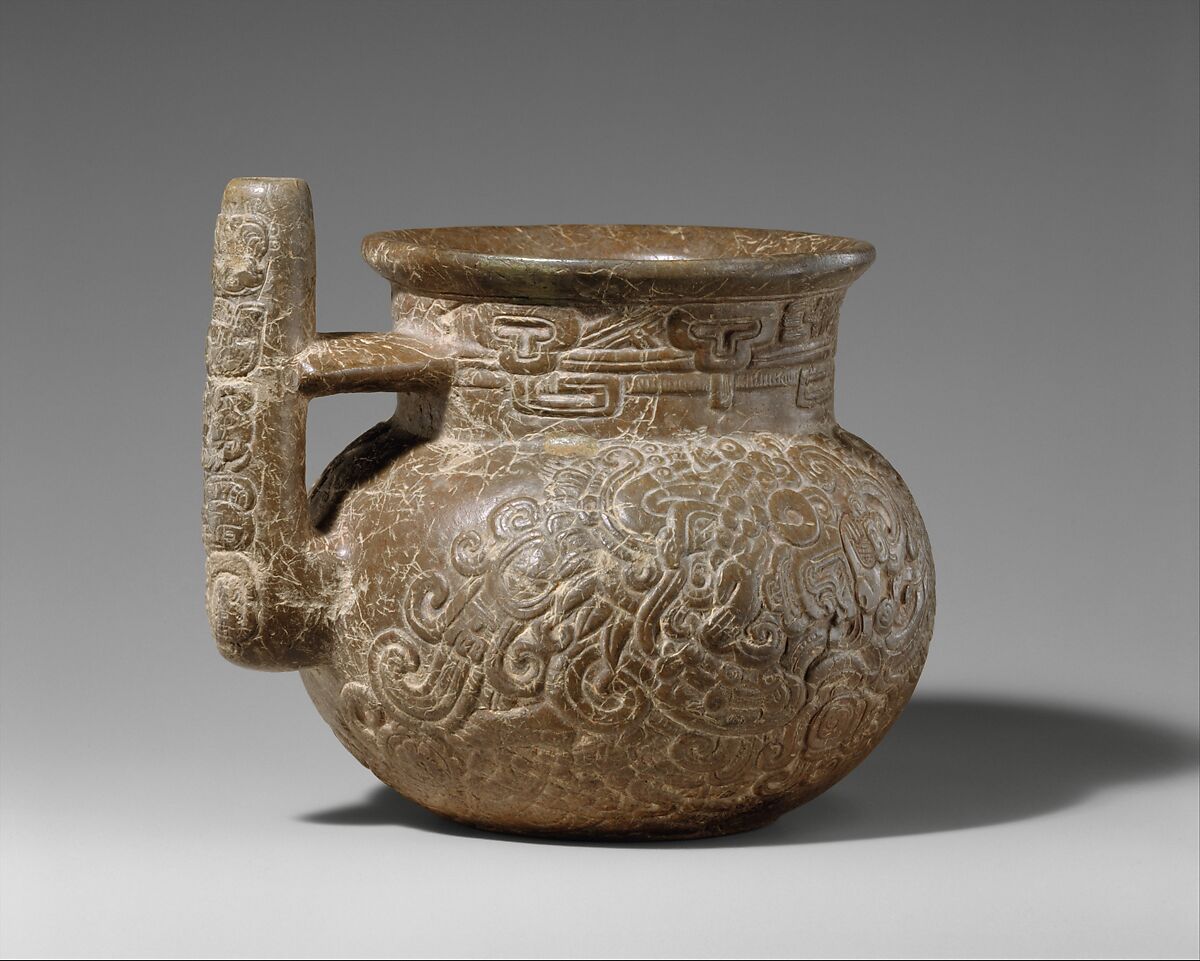
Portable goods made of stone were also a big thing back then. Maya sculptors spent loads of energy and time making their intricate designs. Archaeologists found limestone quarries, blades, polishing stones, and chisels necessary for making beautiful vessels. One interesting container found was a spouted chocolate vessel.
This stone vessel has an elegant and detailed design. Historians even figured out how Maya people used it. Since it has a vertical spout parallel to its main chamber, the ancient Maya would blow air into the spout to make a frothy foam surface for their chocolate drink. It proves that Mayan people love and enjoy chocolate drinks!
The Deity Figure

The Mayans believed in deities or supernatural beings. This particular figurine was inspired by the image of a supernatural avian which they call the Principal Bird Deity. It is actually a human figure in a “crab-claw” (crossed legs and arms bent in) position. Historians are not yet sure if it is the humanized or anthropomorphic form of the deity or if it is a man wearing a Principal Bird Deity mask.
Whichever is the case, the details in this deity figure are intricate. You can see the amount of work they put in making its large eyes with square pupils that mean shining and supernatural in Maya arts. The details of its small nose, flattened beak, and jade-beaded beard are very clear. The U-shaped symbol between his eyebrows is a symbol used to mark valuable materials.
The Mirror Bearer
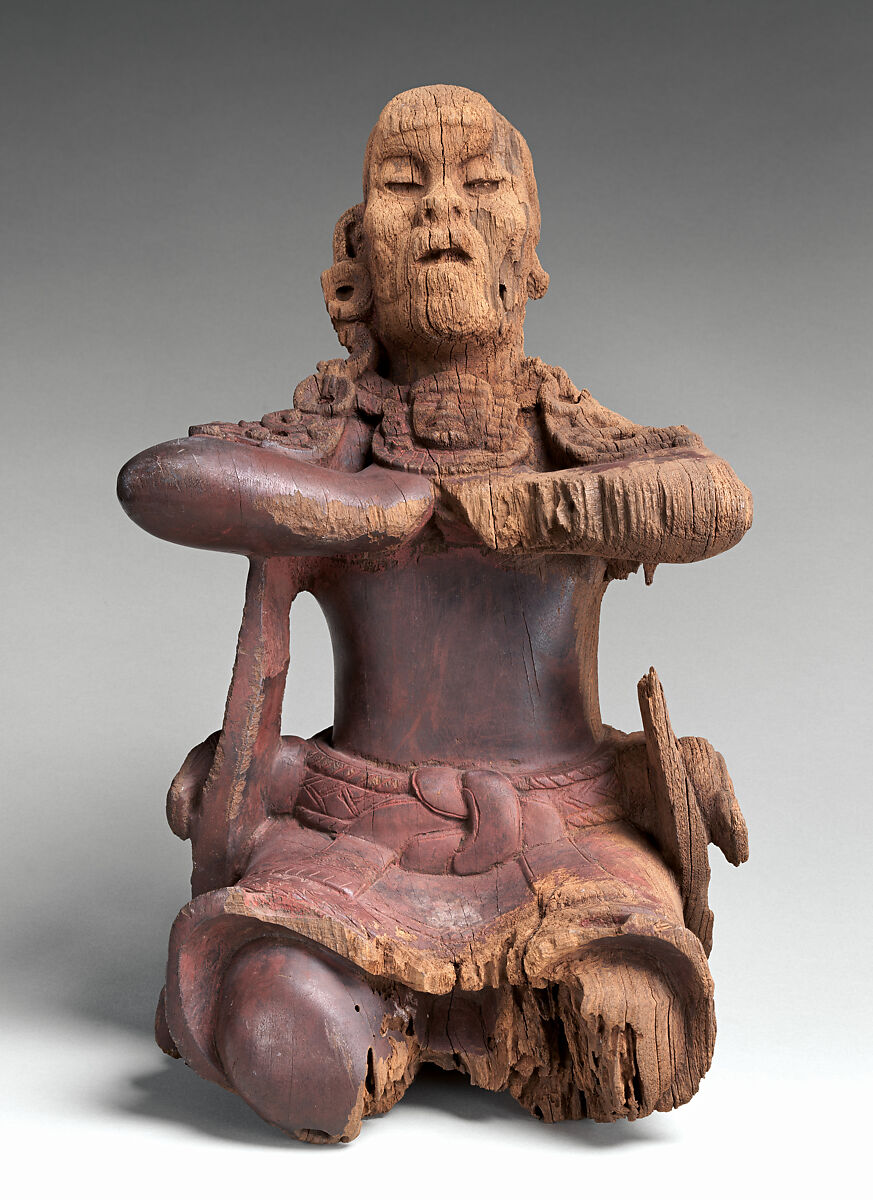
The mirror bearer is one of the most valuable wood art pieces. It dates back to the Early Classic era and is one of the highlights of Maya art. It is made of a bocote, a local hardwood. Archaeologists believe it survived more or less 120 years because of its findspot. It is possible that it came from a very dry cave or a well-sealed chamber.
The mirror bearer depicts the image of a kneeling man wearing a knee-length woven skirt. It also features a cloth tied around his waist, covering his navel. You can also see a shawl around his neck and falls in his arms. The man has a bulbous forehead, unusual hairstyle, and curled moustache. All of these characteristics are consistent with how Maya artists describe people with genetic dwarfism or achondroplasia. In Maya art, dwarves are notable, and they represent antithetical beauty.
Whistle with the Maize God
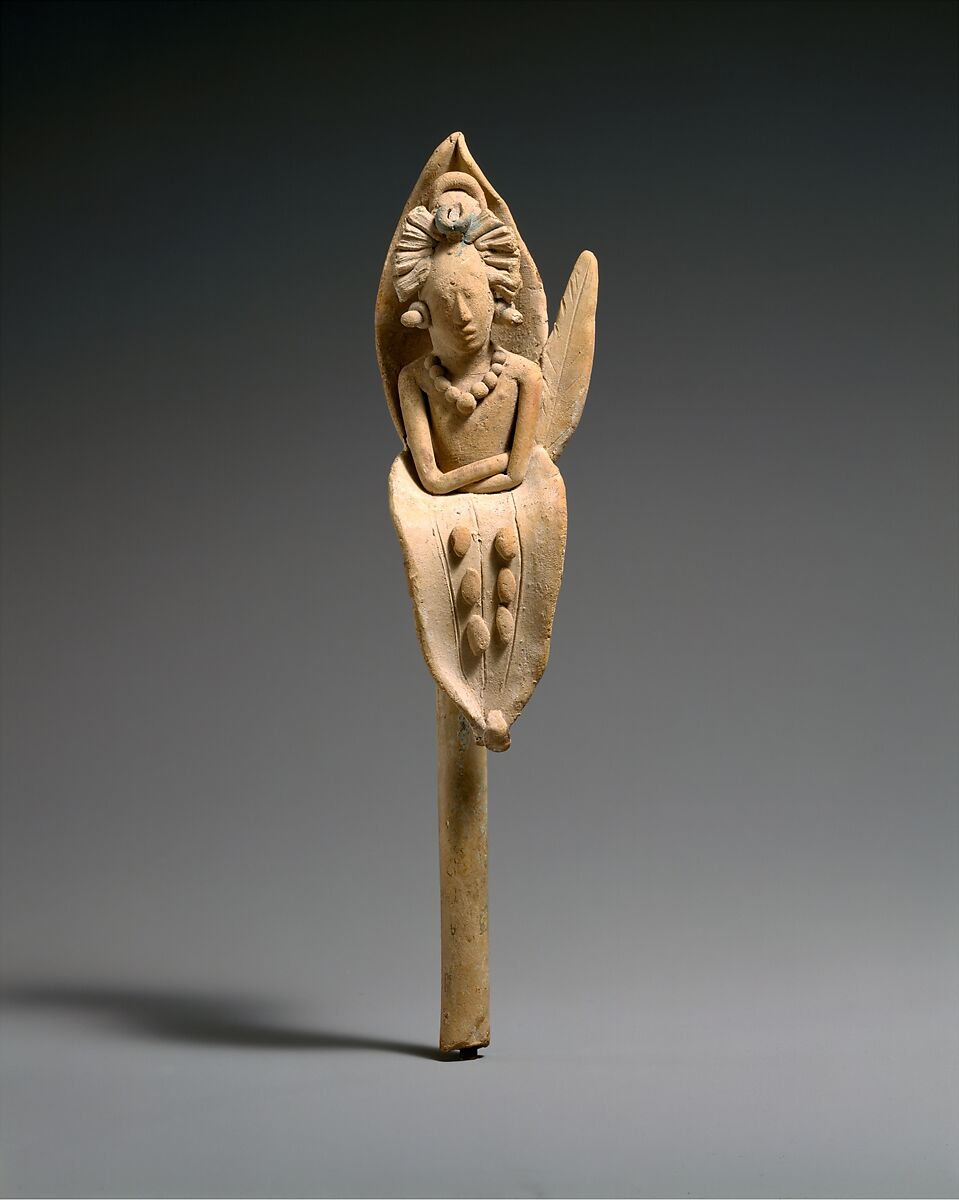
A lot of Mayan Arts revolve around their deity. One of these arts is this hand-modelled whistle that features the head and torso of their Maize God. It is a youthful image of the god emerging from a ripe ear of corn. He has a headdress made of feathers, a beaded necklace, and ear spools. The Maize God is sculpted, crossing his arms and resting his forearms on top of the corn husk.
The Maize God is one of the most significant deities in the Classic Maya period. The Maya believed that Hun Hunahpu (maize god) provided them with staple crops and abundant harvest. He is usually portrayed as youthful and handsome. Another interesting reason the Mayan people worshipped the Maize God is that they believed their ancestors came from maize dough.
The Temple of the Masks

The Mask Temple reflects the tradition of Mayan architecture. It is situated in Lamanai or Orange Walk District, Belize. Identical masks made of limestone adored both the right and left walls. They have facial features (rubbery lip and wide nose) influenced by the Olmec and are thirteen feet tall. They are also designed with a crocodile headdress, which relates to the word Lamanai, which means “submerged crocodile.” Since they are originally made of limestone, they are prone to erosion and weathering. So, fibreglass was placed over the masks to preserve the details and natural beauty.
Like most pyramids, the inside of the mask temple is a chamber that holds the remnants of a man with pieces of jewelry made of shell and jade. Near it is a smaller chamber that houses the remains of a girl.
The Conquering Ruler

This is the portrait of King Tahn Te’ K’inich who was a Maya king from the ancient city of Aguateca. He is portrayed as the conquering ruler who defeated enemies and sacrificed captives for religious rituals. In this portrait, King Tahn is shown with a spear and shield as he stands victorious against two bound enemies.
This relic provided one side of how people viewed their rulers and royal ideology back then. Anthropologists and historians are still looking for more pieces of evidence on how commoners or ordinary people were perceived during the Classic Maya period.
The Nunnery Quadrangle

A big part of Maya Art is its architecture. There are palaces built during the Maya Era that you can still visit nowadays. These palaces were made using an ancient architectural technique called corbel. They become more impressive and breathtaking once you realized that they were made manually by the Mayan people.
One example is the Nunnery Quadrangle found in Uxmal. Its facade offers an elaborate combination of columns, lattice, huts, two-headed serpents, owls, geometric elements, rain god masks, naked and tied human figures, and symbols of the planet Venus. It follows the pattern of a traditional pyramid. It features 13 doorways in the north building, nine in the south, and seven in the west. The doorways represent the different levels of heaven, Xibalba, and earth.
The Mayan Hieroglyphics
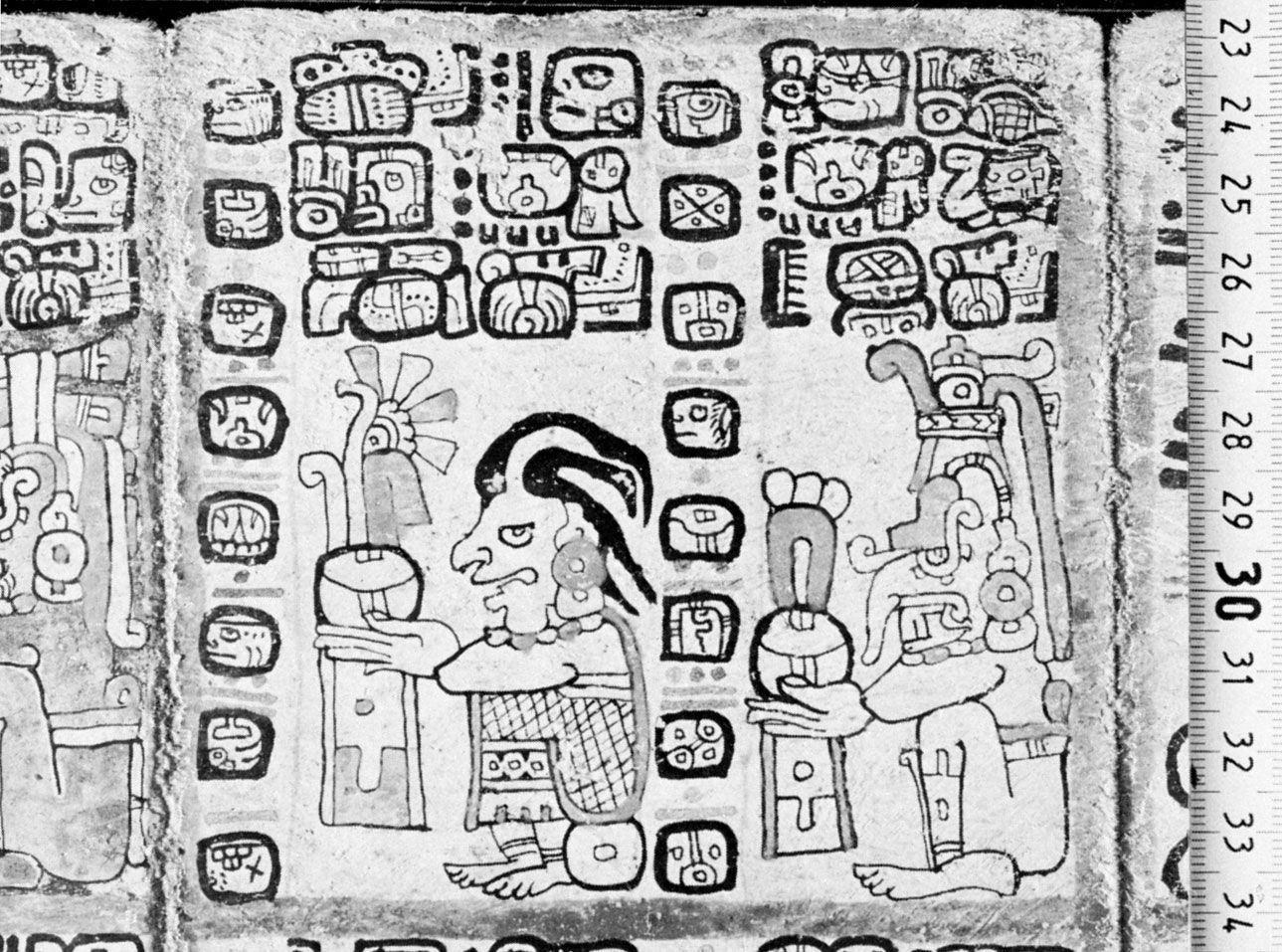
We can’t talk about Maya Art without mentioning their impressive writing system. It is called hieroglyphic, and the Maya people used it until the end of the 17th century. The Mayan Hieroglyphic writing is acknowledged as the only real writing system used in the pre-Columbian era.
There are a lot of Mayan inscriptions found in sculptures, pottery, stone lintels, and stelae. Some Mayan books, called codices, survived the challenge of time and are now preserved in different museums. The Mayan writing system has 800 characters – a combination of phonetic signs, symbols, and hieroglyphics (recognizable pictures of objects, animals, and people).
The Oldest Maya Mural
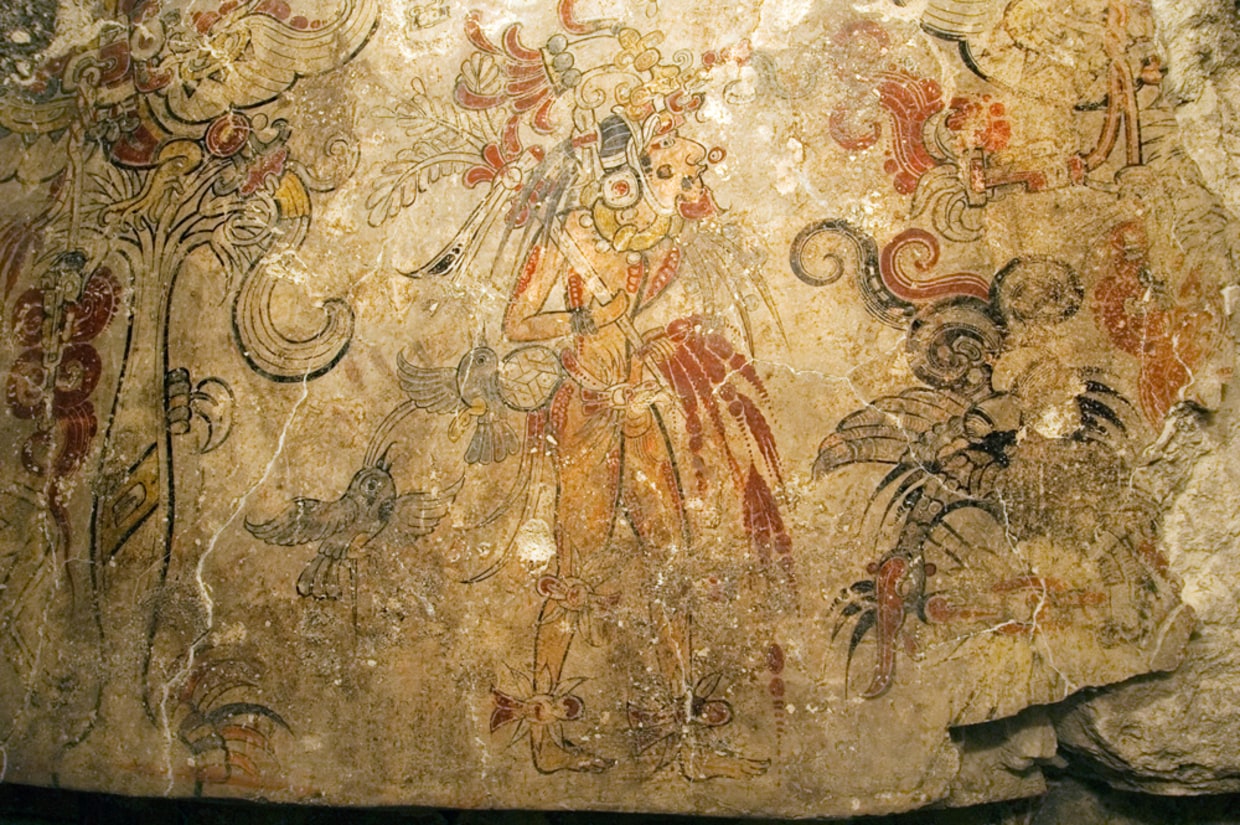
This mural is one of the most fascinating and significant artworks that archaeologists found. It depicts the Maya story of creation. It unravels a lot of mystery and anyone will be awe-struck by its majestic beauty. It was discovered covering the west wall of a room attached to a pyramid in San Bartolo in Guatemala. It was painted around 100 BC, but because of its vibrant and brilliant colors, you’ll think it was just painted recently.
The mural features four deities (the variations of the son of the corn god). The first diety offers a fish to establish the underwater world, the second offers a deer to establish the earth (land), the third offers a turkey to establish the sky, and the fourth offers food to the gods to establish paradise. Unfortunately, some of the writings are too old to decipher and understand.